Established in 2018, the Digital Repository functions as a virtual open-access archive, hosting digitised materials and information on the BIAA’s collections and research outputs since 1947, in accordance with FAIR (Findable, Accessible, Interoperable, Reusable) principles.
The Digital Repository aims to store, manage and preserve digital archaeological records for Türkiye and the Black Sea region. The Digital Repository will continue to grow as new digitisation and research projects are completed.
The Digital Repository catalogue is available to consult at the link below. Materials continue to be uploaded, some materials may still be only available on the the old catalogue, available at www.biaatr.org/collections.
Requests to consult the BIAA’s physical collections in person must be sent to the Resource Manager at least two weeks in advance.
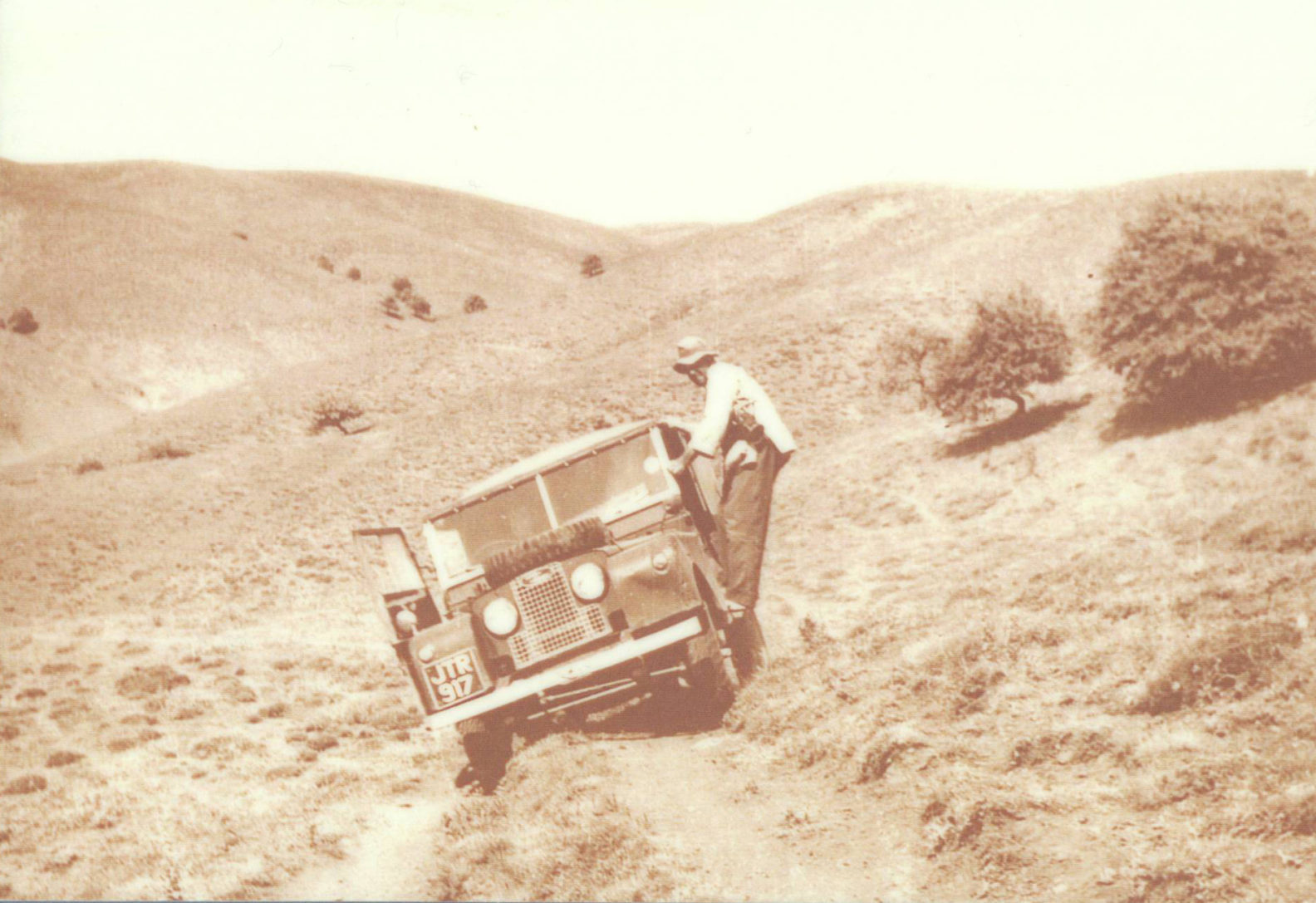
The Institute holds photographs in various formats (slides, negative films, prints) that depict ancient monuments, archaeological sites, artifacts, inscriptions, landscapes and people in Türkiye and the Black Sea region.
Photography Collection Guidelines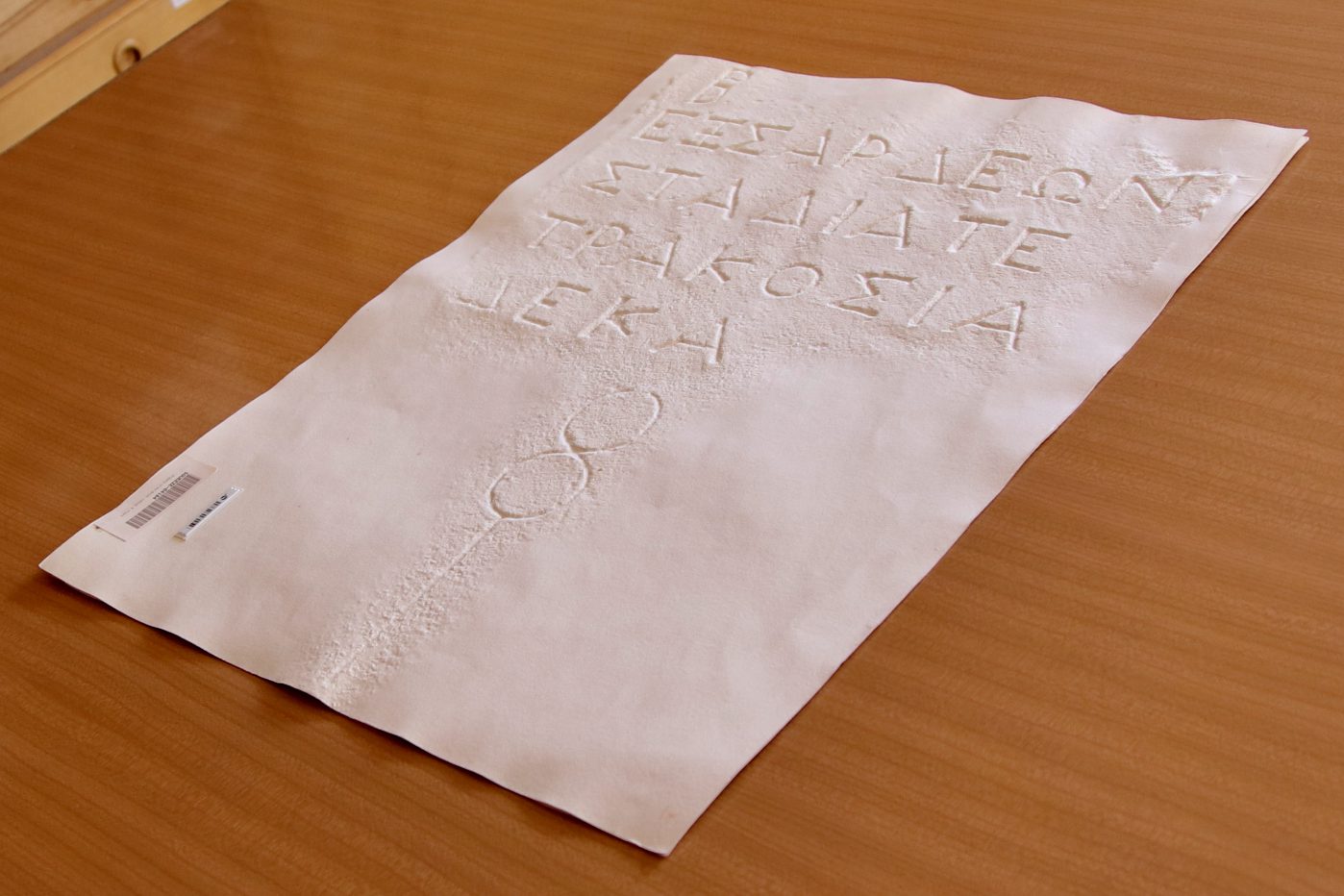
The Institute houses a unique collection of paper squeezes that record inscriptions from all over Türkiye. The squeezes provide valuable access to inscriptions whose originals may be dispersed or lost, helping to preserve information for epigraphy studies.
Squeeze Collection Guidelines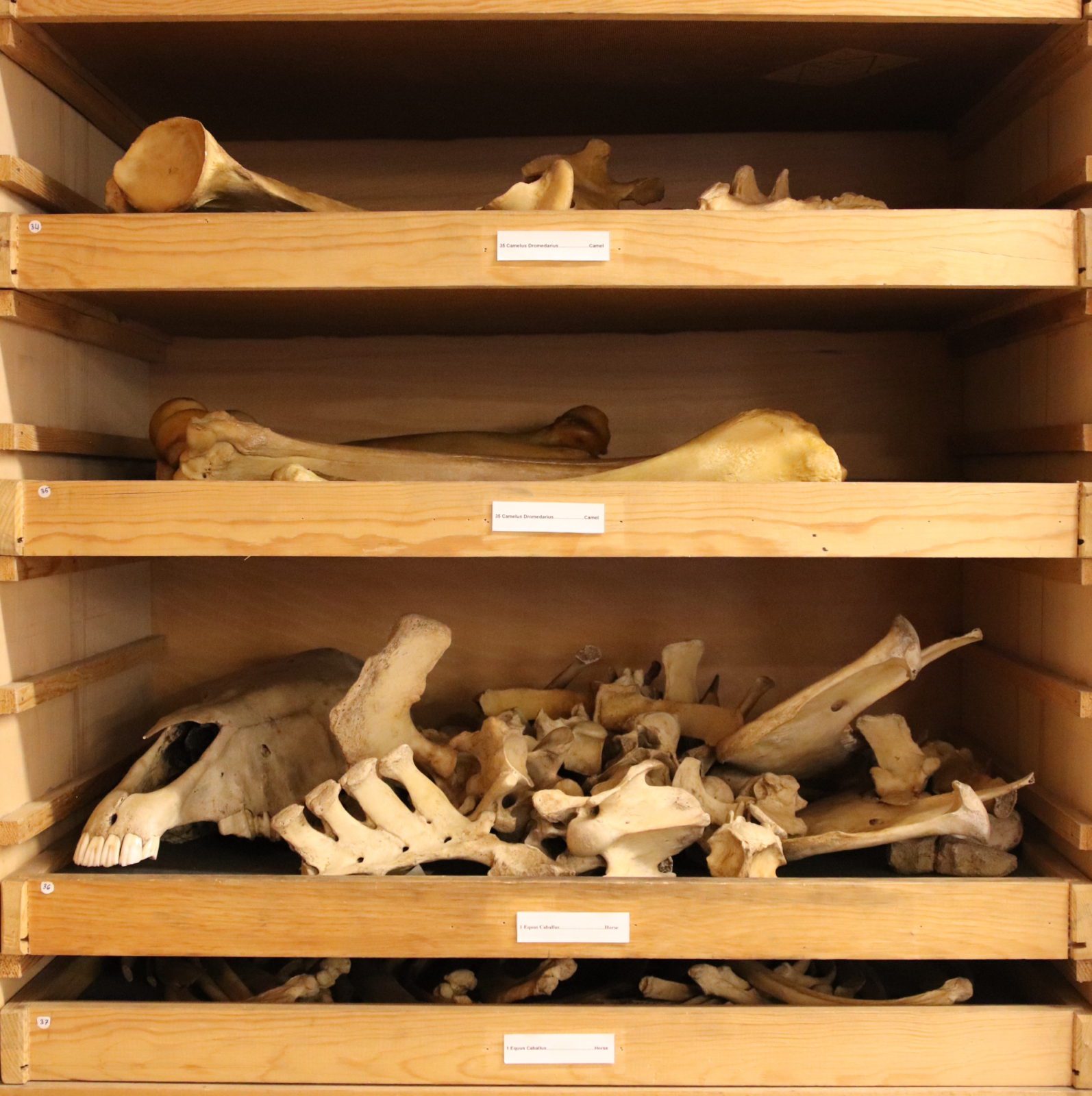
The collection contains modern skeletons (complete and partial) of mammals and birds found across Anatolia, which are used as a point of comparison with archaeozoological remains in order to identify them.
Animal Bone Reference Collection Guidelines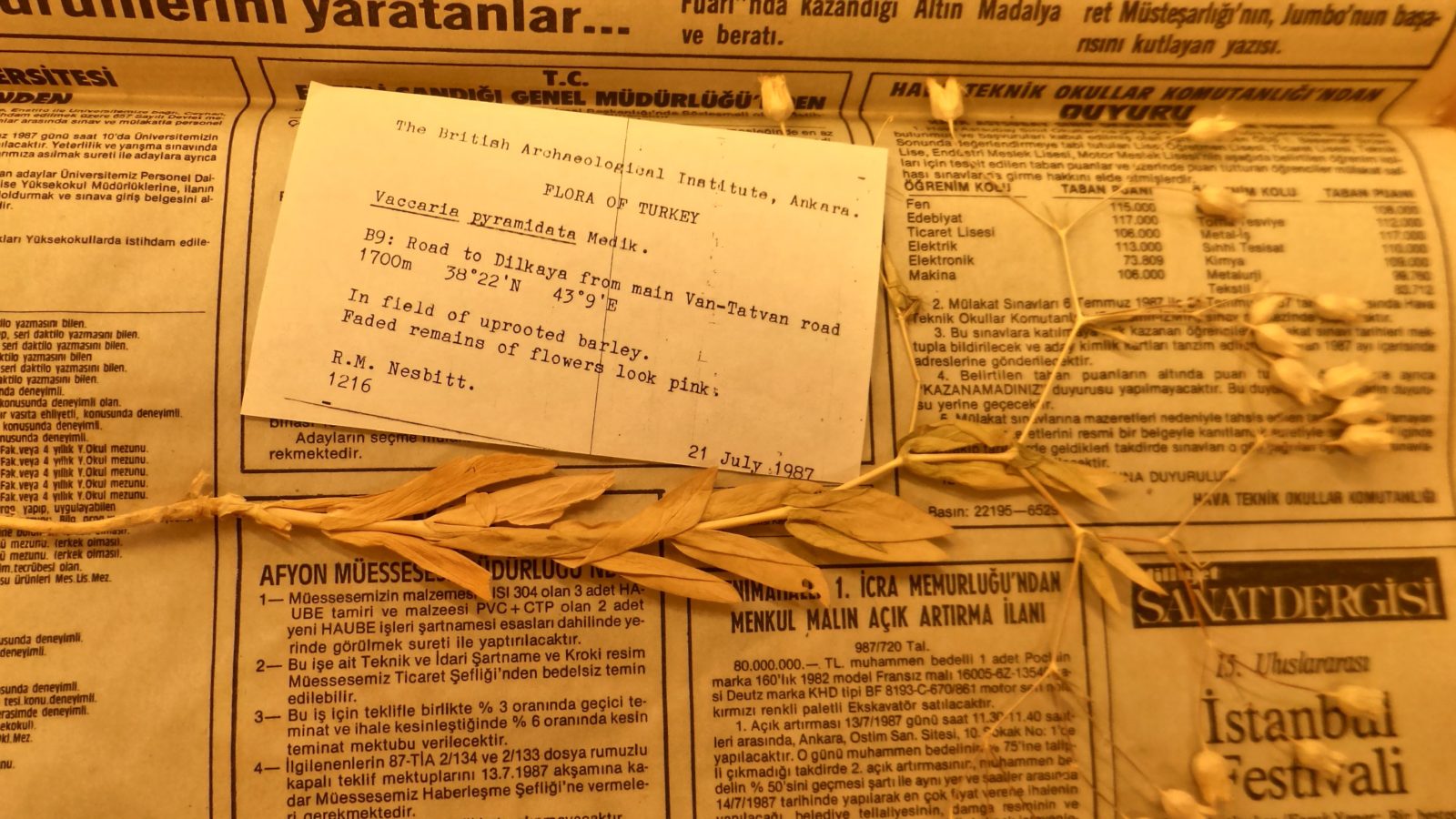
The botanical collection houses extensive modern reference materials including wood, charcoal and plants. The Institute’s herbarium offers equipment for research methods in paleoanthropology and archaeobotany.
Botanical Reference Collection Guidelines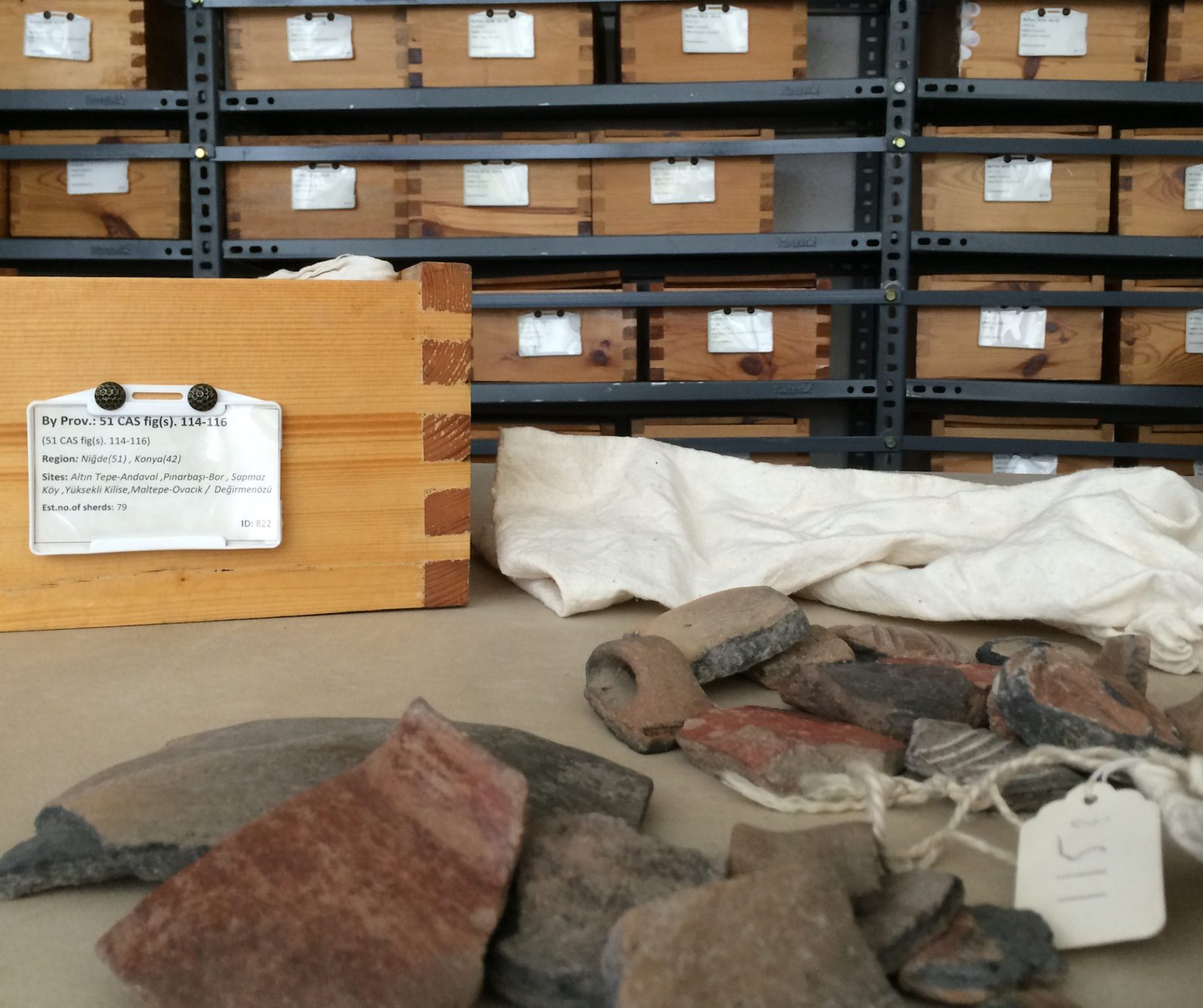
The Institute houses a collection of pottery sherds assembled between the 1940s and the 1970s. All periods, from the Neolithic to the Ottoman, and examples of the vast majority of Anatolian pottery are represented.
Pottery Reference Collection Guidelines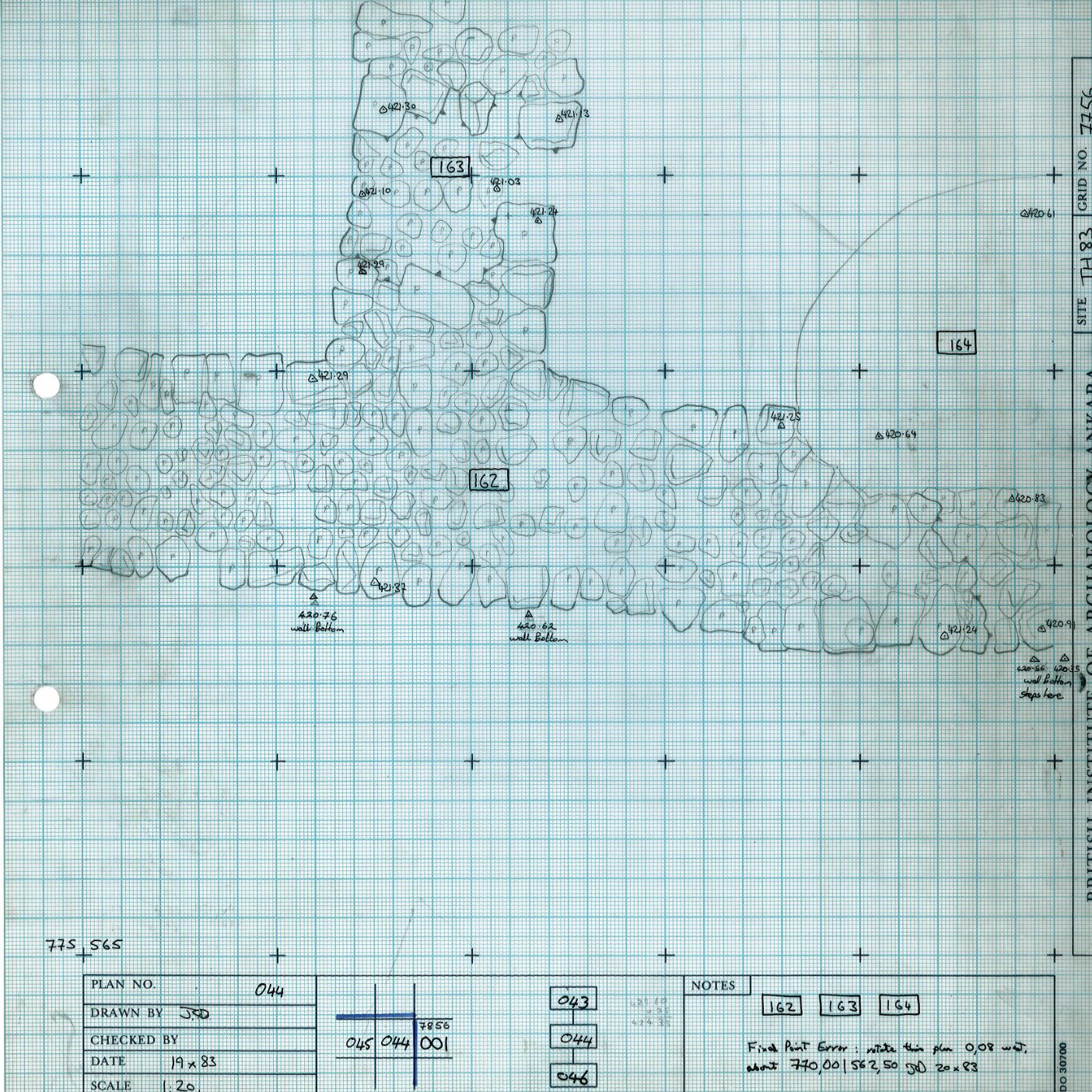
This collection includes drawings of objects, as well as maps and plans of sites and surveys, from fieldwork led or supported by the BIAA, such as the Adıyaman Survey and excavations at Tille Höyük, Aşvan and Can Hasan.
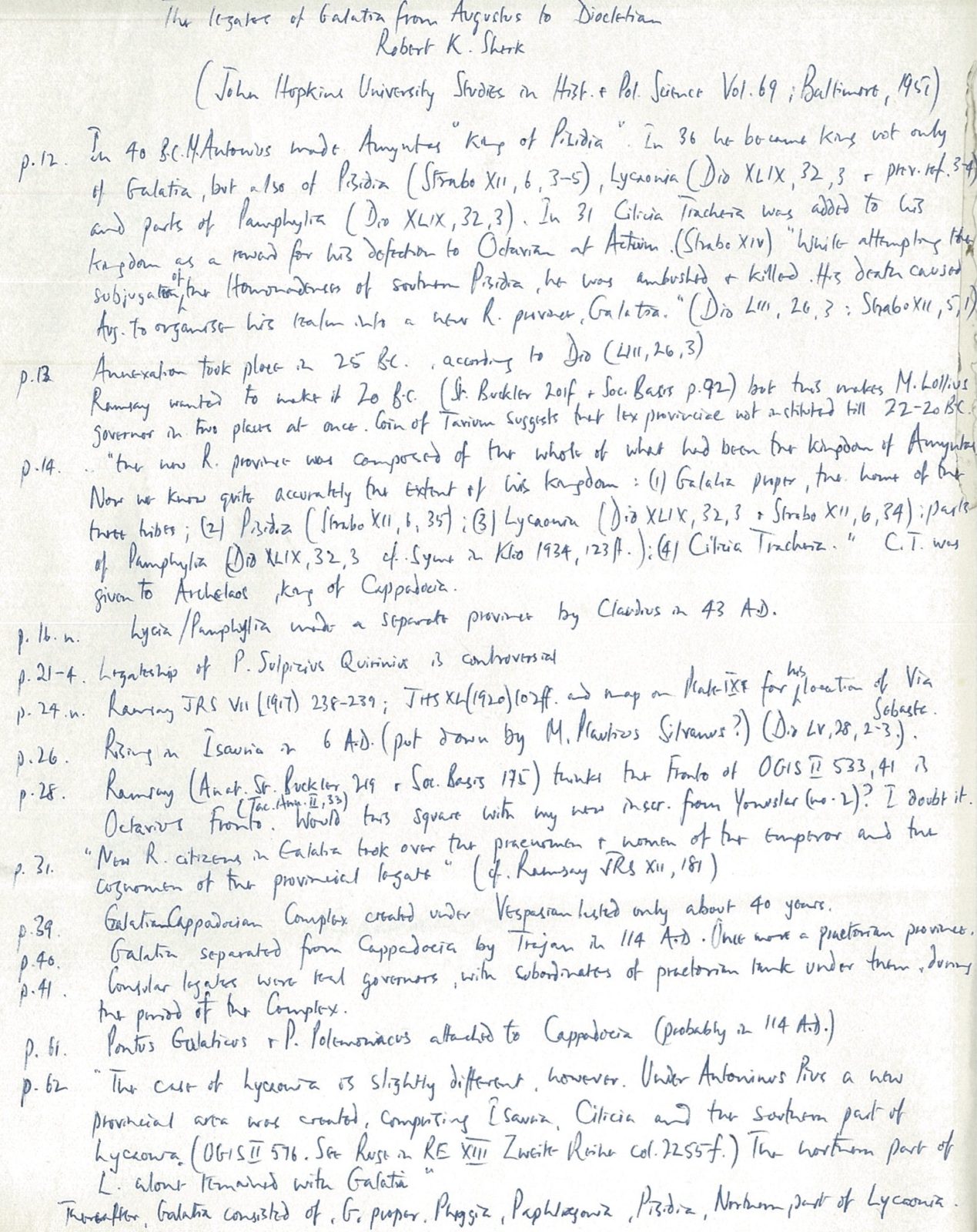
The Institute houses various notes, notebooks, and other data produced during archaeological excavations and surveys conducted by the BIAA, with the largest amount of material coming from Tille Höyük, Aşvan and Can Hasan.